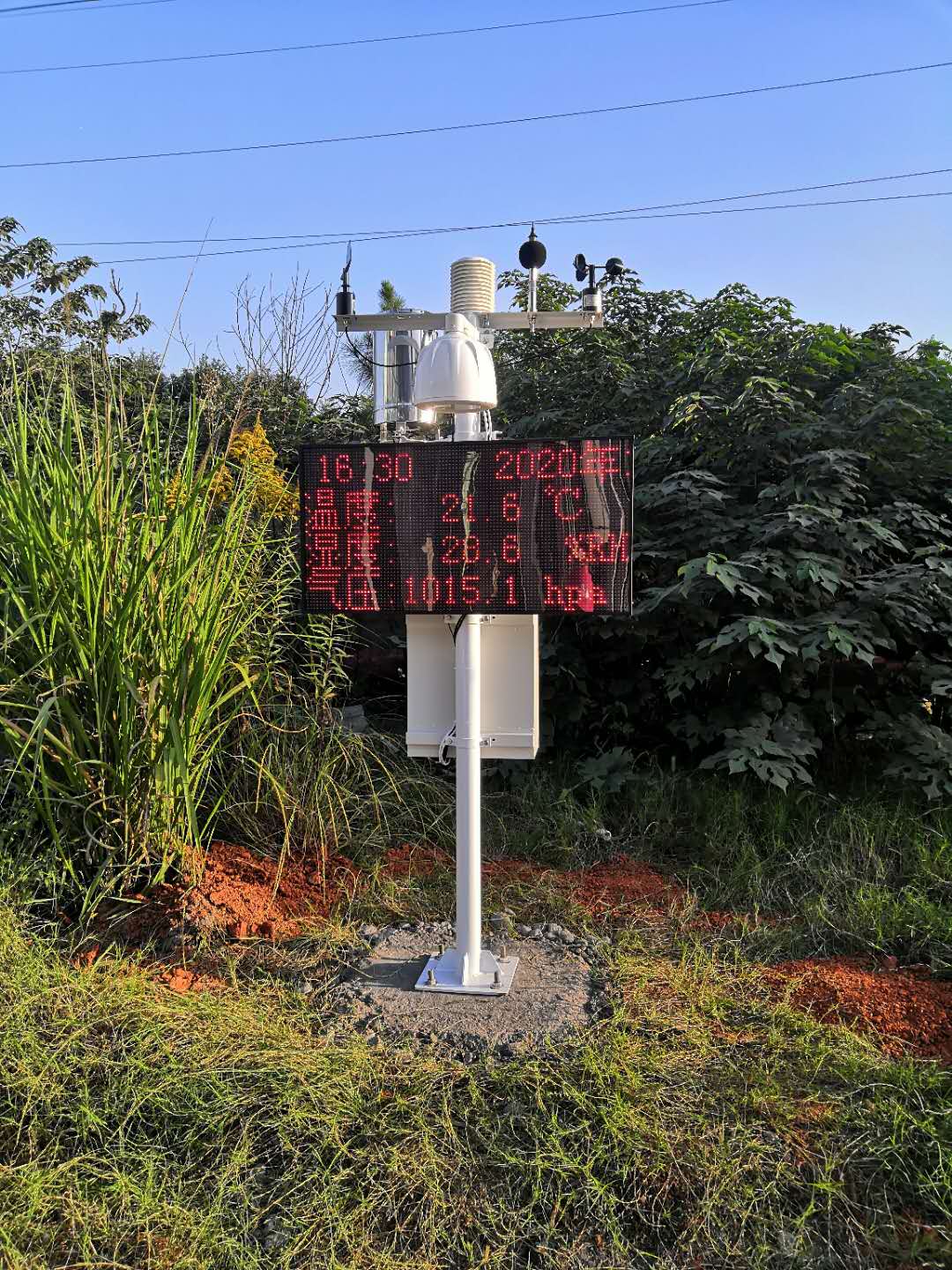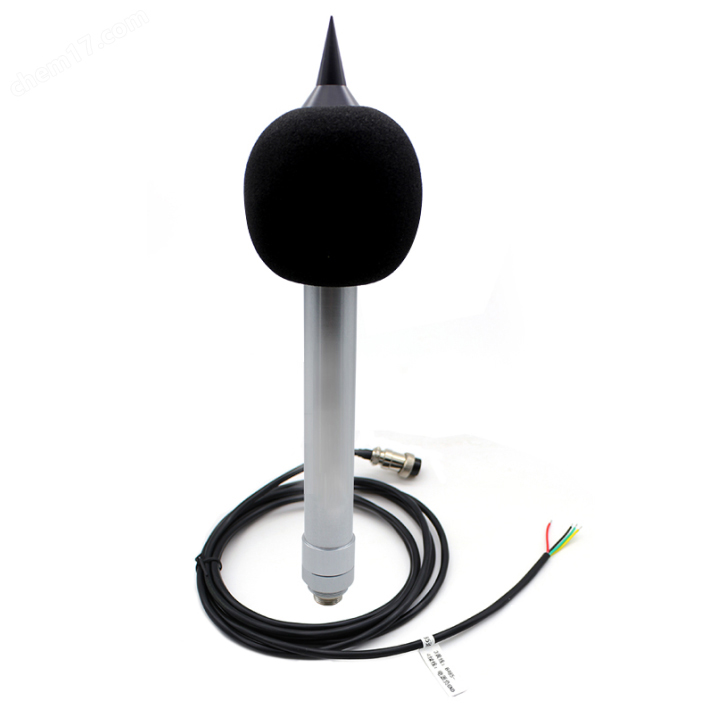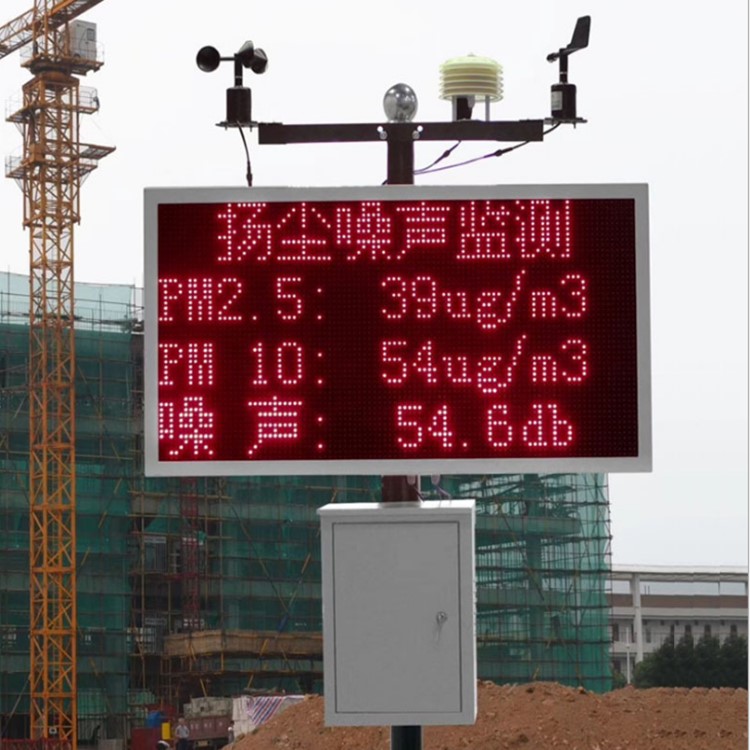

— Blogs —
—Products—
 Consumer hotline +8618073152920
Consumer hotline +8618073152920 WhatsApp:+8615367865107
Address:Room 102, District D, Houhu Industrial Park, Yuelu District, Changsha City, Hunan Province, China
Product knowledge
Time:2024-11-02 16:06:55 Popularity:309
Environmental monitoring equipment refers to a collection of instruments used to assess and monitor various parameters in natural and artificial environments. These devices cover multiple areas, including air quality, water quality, soil, and noise levels, and are crucial for environmental protection and management. Below is an overview of the main types of environmental monitoring equipment and their functions:
 |  |  |  |  |
| Anemometer Wind Speed sensor | Wind direction sensor | Tipping bucket rain gauge sensor | Tipping bucket rain gauge sensor | Piezoelectric Rain Gauge |
 |  |  |  |  |
| Atmospheric Temperature Humidity air pressure Sensor | ultrasonic wind speed and direction sensor | 5 in1 Ultrasonic Weather Station Sensor | All-in-One Weather Station | 7 in1 Ultrasonic Weather Station Sensor |
 |  |  |  |  |
| Solar Radiation Sensor | Solar Radiation Sensor | Photosynthetically Active Radiation Sensor; | illumination sensor | Ultrasonic Snow Depth Sensor |
 |  |  |  |  |
| Noise measurement sensor | CO2 sensor | PM2.5 and PM10 sensors | Visibility sensors | Soil Moisture Temperature sensor |
- Air Samplers: Collect harmful gases in the air, such as formaldehyde, ammonia, TVOCs, and benzene.
- Particulate Matter Samplers: Capture TSP (total suspended particulate matter), PM10, and PM2.5 for air quality research.
- Integrated Particle Samplers: Simultaneously collect harmful gases and particulate matter.
- Fluoride Samplers: Specifically designed to collect fluorides and heavy metals.
- Volatile Organic Compound (VOC) Samplers: Used for sampling VOCs in ambient air.
- Precipitation and Dust Samplers: Monitor pollutants in precipitation and dust.
- Flow Meters: Calibrate the flow of samplers to ensure data accuracy.

- Automatic Smoke and Gas Analyzers: Monitor smoke and various gas components, including O2, SO2, NO, NO2, CO, CO2, and H2S.
- Sampling Guns: For specific pollutants such as asphalt smoke, fluorides, and cooking fumes.
- Non-Methane Total Hydrocarbon Samplers: Used to measure total hydrocarbons and non-methane total hydrocarbons.
- Ringelmann Smoke Density Meters: Assess the density of smoke emissions, indicating pollution levels.
- COD and BOD Testers: Measure the organic content in water bodies.
- Ammonia-Nitrogen Detectors: Monitor ammonia nitrogen levels, directly affecting water quality.
- Total Phosphorus and Total Nitrogen Detectors: Assess the eutrophication level of water bodies.
- Infrared Oil Detectors: Detect oil pollution in water.
- Multi-Parameter Water Quality Meters: Simultaneously measure COD, ammonia nitrogen, total phosphorus, and total nitrogen.
- Dissolved Oxygen, pH, and Conductivity Meters: Monitor basic water quality parameters.
- Soil Samplers: Collect soil samples for pollutant analysis.
- Portable Soil Moisture Detectors: Measure soil temperature, moisture, salinity, and pH.
- Portable Soil Nutrient Detectors: Assess nitrogen, phosphorus, potassium, organic matter, and trace elements in soil.
- Radiation Dose Rate Meters and Electromagnetic Radiation Monitors: Measure radiation levels.

- Sound Level Meters: Monitor environmental noise levels, applicable to urban, industrial, and construction noise.
- Radiation Meters: Measure radiation levels in the environment, such as X-rays and gamma rays.
- Biodiversity Assessment Tools: Monitor specific biological indicators.
- Forest Fire Monitoring Systems: Use remote sensing technology to detect fire conditions.
- Real-Time Online Monitoring Systems: Continuously monitor air quality, water quality, and soil, with data transmitted to data centers or cloud platforms.
- Portable Monitoring Devices: Suitable for rapid on-site testing and emergency response.
- Urban Air Quality Monitoring: Monitors PM2.5, PM10, sulfur dioxide, nitrogen oxides, and other pollutants.
- Industrial Emission Monitoring: Monitors pollutants emitted from factory chimneys to ensure compliance with environmental standards.
- Mobile Source Emission Monitoring: Monitors vehicle exhaust emissions.
- Monitoring Rivers, Lakes, and Oceans: Assesses dissolved oxygen, chemical oxygen demand (COD), biological oxygen demand (BOD), total nitrogen, total phosphorus, and heavy metals.
- Drinking Water Source Monitoring: Ensures drinking water safety.
- Industrial Wastewater Monitoring: Analyzes the composition of industrial wastewater discharges.
- Soil Quality Monitoring: Detects heavy metals, organic pollutants, and pH levels in the soil.
- Agricultural Soil Monitoring: Evaluates soil fertility and pollution levels to guide agricultural practices.

- Urban Noise Monitoring: Monitors traffic, industrial, construction, and community noise.
- Workplace Noise Monitoring: Assesses occupational noise exposure.
- Environmental Radiation Monitoring: Tracks radioactive materials in the environment.
- Nuclear Facility Radiation Monitoring: Monitors radiation leaks at nuclear power plants and other nuclear facilities.
- Ecosystem Health Monitoring: Assesses biodiversity, ecosystem stability, and resilience.
- Forest Fire Monitoring: Employs remote sensing technology to monitor fire situations.
- Indoor Air Quality Monitoring: Monitors indoor pollutants such as formaldehyde, benzene, and total volatile organic compounds (TVOCs).
- Indoor Temperature and Humidity Monitoring: Ensures a comfortable living and working environment.
- Environmental Health Impact Assessment: Evaluates the impact of environmental pollution on human health through monitoring data.
- Environmental Accident Monitoring: Monitors pollutant spread during incidents such as oil spills and chemical leaks.
1. High Precision and Intelligence: Advances in sensor technology and artificial intelligence enhance measurement accuracy and the intelligence level of monitoring equipment.
2. Integration and Modularity: Equipment is evolving towards integrated and modular designs, increasing flexibility and scalability.
3. Remote Monitoring and Wireless Transmission: The application of IoT technology enables remote monitoring and wireless data transmission, improving monitoring efficiency and management.
4. Green and Energy-Saving Designs: Equipment designs are increasingly focused on environmental sustainability and energy efficiency, reducing energy consumption and environmental impact.
The application of these devices and technologies helps us better understand environmental conditions, enabling timely protective measures to safeguard ecological environments and public health.
Related recommendations
Sensors & Weather Stations Catalog
Agriculture Sensors and Weather Stations Catalog-NiuBoL.pdf
Weather Stations Catalog-NiuBoL.pdf
Related products
 Combined air temperature and relative humidity sensor
Combined air temperature and relative humidity sensor Soil Moisture Temperature sensor for irrigation
Soil Moisture Temperature sensor for irrigation Soil pH sensor RS485 soil Testing instrument soil ph meter for agriculture
Soil pH sensor RS485 soil Testing instrument soil ph meter for agriculture Wind Speed sensor Output Modbus/RS485/Analog/0-5V/4-20mA
Wind Speed sensor Output Modbus/RS485/Analog/0-5V/4-20mA Tipping bucket rain gauge for weather monitoring auto rainfall sensor RS485/Outdoor/stainless steel
Tipping bucket rain gauge for weather monitoring auto rainfall sensor RS485/Outdoor/stainless steel Pyranometer Solar Radiation Sensor 4-20mA/RS485
Pyranometer Solar Radiation Sensor 4-20mA/RS485
Screenshot, WhatsApp to identify the QR code
WhatsApp number:+8615367865107
(Click on WhatsApp to copy and add friends)